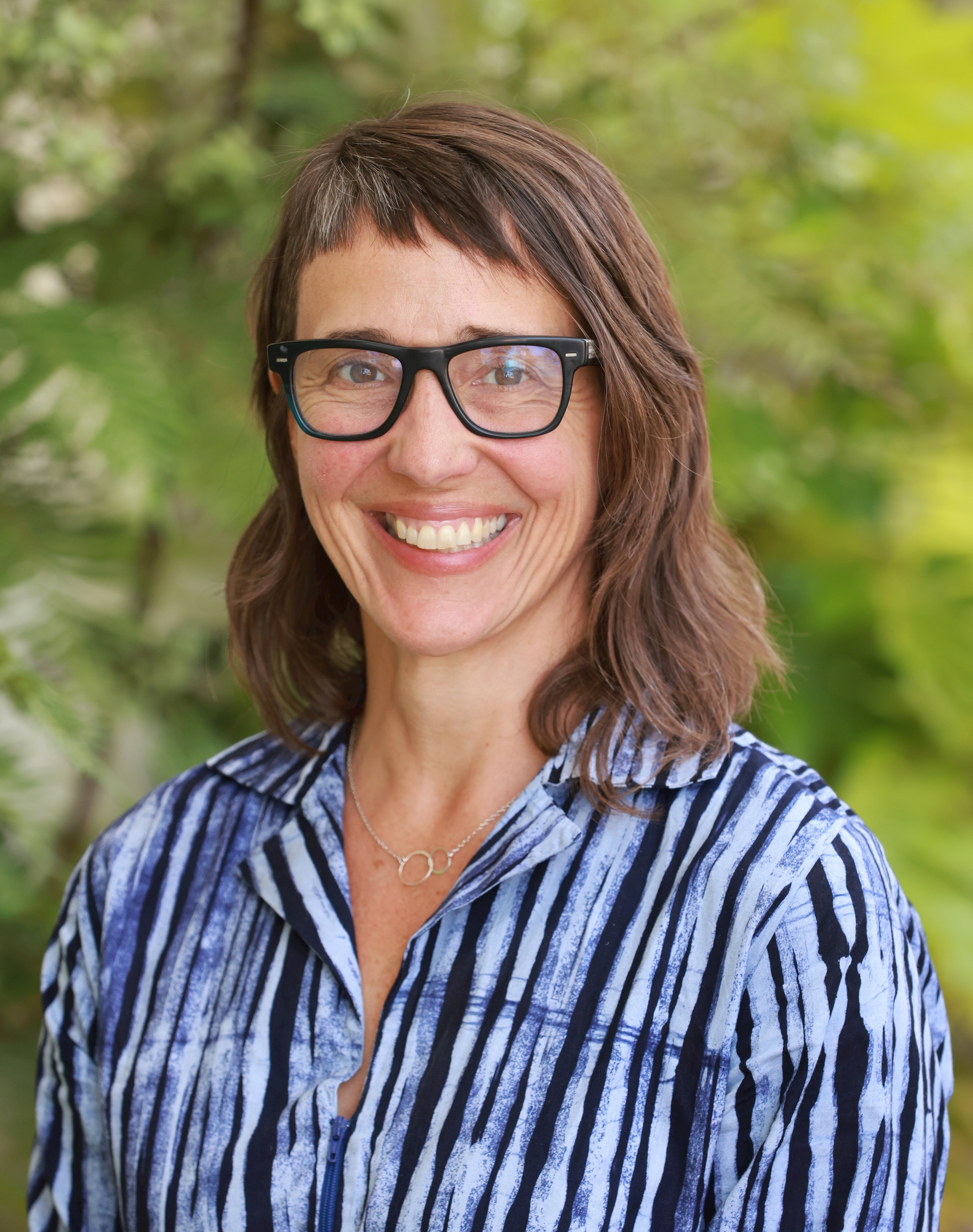
Written by Art Teacher Ascha Drake
No matter the subject, no matter the field or endeavor, creativity is essential to discovery and problem-solving. The World Economic Forum noted that “building competencies in areas that machines will be unlikely to tackle effectively (i.e. complex problem solving, creativity) is likely the best recipe for success.” And in a Harvard study scientists identified a specific pattern of connectivity, referred to as the salience network, that correlated with the most creative responses, noting that the network is “not something where you have it or you don’t.” Recognizing the importance of creativity, The Bay School has developed an academic course built on the premise that creativity can be taught, learned and developed.
Every ninth grade student in the Fall Semester takes a required course titled The Creative Process. Taught by teachers from the various departments, the course strives to connect students to new ways of making, thinking, processing and observing the world.
Classes weave together diverse activities designed to expand students’ sense of imagination and risk-taking: chair challenges, theatre explorations, materials play, walks in the Presidio, drawing from nature, exposure to the unending ways people choose to make things happen, episodes from Chef’s Table, TED talks, Twyla Tharp’s book, The Creative Habit, and team building ventures and adventures. Homework assignments unlock novel approaches to daily practices that may seem ordinary or mundane. These combined experiences encourage students to recognize that creativity exists in every realm–from cooking to painting, from making the bed to organizing finances, from arranging a closet to building a collaborative team with a common goal–and that creativity is a skill that can be learned and practiced. Through this class students are recognizing failure as an important part of the creative process, designing innovative solutions and cultivating strong habits of reflection.
Collaborative opportunities bring students together in the studio. Students spend a lot of time in the studio to work collaboratively on projects. Maybe it’s working on a group sculpture with random items purchased from Target. Perhaps it’s designing, analyzing and redesigning the perfect paper airplane. Or creating a grayscale drawing, smudging and blending, learning from one another about the ways a material can be manipulated. In group studio work, students offer observations and ideas, then evaluate these as they problem-solve and create. All of these projects, regardless of how simple they may sound, require students to use a limited time frame, think and process in the moment, articulate ideas and feedback to a partner, and let go of initial ideas as new, stronger ones emerge. Students work through a process of identifying a problem, analyzing or researching it, “ideating,” (thinking, fantasizing, and producing ideas through iteration), selecting and implementing a solution or design, evaluating the result and revisiting the new possibilities the execution of the project opens up.
Even in a thoughtful creative process, however, we also know that play isn’t just for small children and that creativity is honed through playful expression. For a recent homework assignment students pulled one thing from a bag of items randomly purchased at a grocery store. They were asked to “make something,” with instructions to “cook with it, make a beauty product from it, or transform it into an art work.” Submissions included a time lapse video of chili-coated dried mango being transformed into a smoothie and photo documentation of ginger chews being melted into a sauce. The assignment empowered students to “roll with” the element of surprise, trying to give something meaning in an inventive way. Students experienced discovery (and failure) while also having some “Aha” moments that strengthened their confidence.
In course reflections, students wrote:
- “I have learned how to run with my ideas and have faith in them.
- “This class has opened me up to new ideas and thoughts and I like learning about new artists.”
- “Creativity is embracing the process of expressing your ideas through imperfection and effort and freedom of thought.”
At Bay, our mission challenges us to “…balance challenging academics and innovative thinking with a mindful approach to learning and life.” We seek to help students “unlock their individual and collective potential so they begin to realize their roles in a dynamic world.” And we know that teaching students the skills of creativity—including observation, imagination, boldness, collaboration, iteration, refinement and resilience—will help them to engage confidently with the world and to make their mark upon it.
